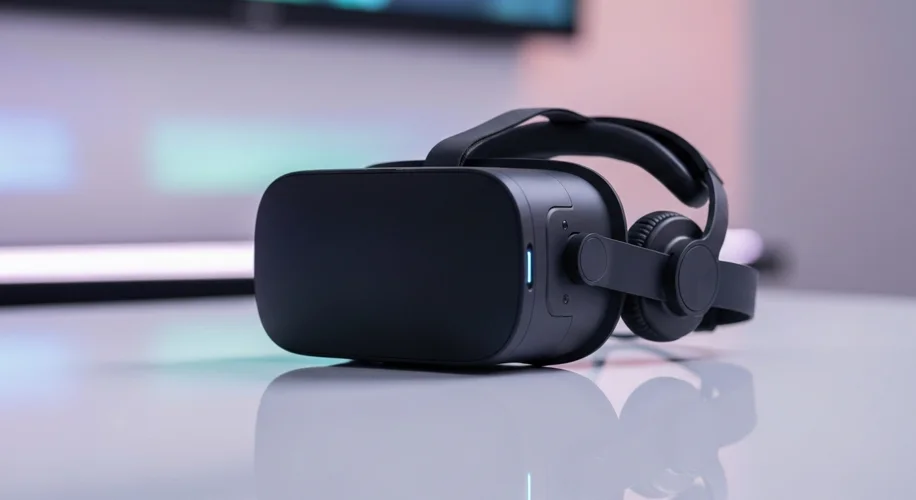Alright, let’s talk VR headsets. If you’ve been thinking about diving into virtual reality, you’ve probably seen a ton of options out there, and it can be kinda overwhelming. But don’t worry, I’m here to break it down and help you figure out what’s what.
As someone who’s tinkered with VR tech, I’ve seen how fast things are moving. It’s not just about gaming anymore; VR is popping up in all sorts of cool places. But when you’re looking to buy, what should you focus on?
PCVR vs. Standalone: What’s the Difference?
Think of PCVR like plugging your VR headset into a powerful gaming PC. This usually gives you the best graphics and performance because your PC is doing all the heavy lifting. Headsets like the Valve Index or certain HTC Vive models fall into this category. The upside is incredible immersion. The downside? You need a pretty beefy PC, and you’re tethered by a cable, though wireless adapters are a thing.
Standalone headsets, like the Meta Quest series, are the all-in-one packages. They have their own processors, storage, and battery. You don’t need a PC at all to use them. This makes them super accessible and portable. You can jump into VR anywhere. The graphics might not be quite as mind-blowing as high-end PCVR, but the convenience is a huge win, and they’re getting better all the time.
The Mixed Reality Factor: Blending Worlds
Some newer headsets are pushing into mixed reality (MR). This means they have cameras that can show you a view of your real-world surroundings while overlaying virtual elements. The Meta Quest 3 is a great example of this. It lets you play games that interact with your room or bring virtual characters into your living space. It’s a step towards making VR feel more integrated with our daily lives.
What to Consider When Buying
- Your PC: If you’re leaning towards PCVR, check your computer’s specs. Most VR headsets need a decent graphics card (GPU), a good processor (CPU), and enough RAM. Websites for VR headsets usually list the minimum and recommended specs.
- Comfort: You’ll be wearing this on your head, so comfort is key. Look at strap designs, weight distribution, and padding. Some headsets offer aftermarket accessories for better comfort, which is a plus.
- Tracking: How well does the headset track your movements? Inside-out tracking (cameras on the headset) is common now and works great, but understand how it performs.
- Display Quality: Higher resolutions and refresh rates mean sharper images and smoother motion, which reduces motion sickness and increases immersion. Screen door effect (seeing the gaps between pixels) is less of an issue on newer models.
- Ecosystem: What games and apps are available? If you’re going standalone, the headset’s own store is important. If you’re PCVR, SteamVR and the Oculus PC store are big players.
My Take
For newcomers, a standalone headset like the Meta Quest 3 is probably the easiest entry point. It’s versatile, doesn’t require a beast of a PC, and the mixed reality features are pretty cool. If you already have a powerful gaming PC and want the absolute best visual fidelity, exploring PCVR options is definitely worth it.
No matter what, VR is getting more accessible and more immersive. It’s an exciting space to watch, and even more exciting to jump into!

